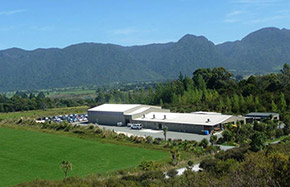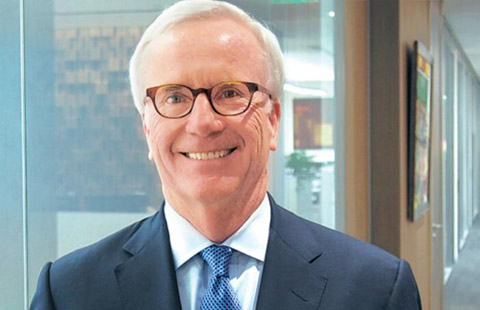China sees improvement in overdue payments risks in 2016: Survey
SHANGHAI - About 68 percent of Chinese companies experienced overdue payments in 2016, down from the average of 80 percent over the previous five years, according to a survey on China corporate payments by global credit insurance company Coface.
Construction remained China's most at-risk sector in 2016 with 45.9 percent of companies reporting 2 percent or more of their turnover as being overdue for an ultra-long period of time. It will be another challenging year for highly indebted construction corporate in 2017, against a backdrop of tighter monetary and credit conditions.
Only about 40 percent of respondents said they used credit management tools to mitigate non-payment risks, indicating that greater risk management efforts needed to be made in China.
Credit insurance is an effective tool to protect companies against non-payment risks caused by protracted default or insolvency of their buyers. It is commonly used by companies in Europe, and the usage rate can be as high as 30 percent in advanced countries such as France and Germany, according to the survey.
In China, it is estimated that less than 2 percent of export trade is covered by credit insurance, and less than 5 percent of companies use credit insurance to protect what they receive.
"The Chinese market continues to grow and the coverage of credit insurance to support export trade has increased rapidly recent years," the survey said.
"Our group will continue to invest in the China market to help Chinese companies to go global, and offer them credit insurance solutions that aim to protect businesses against the risk of financial default worldwide," said Coface CEO Xavier Durand.
Coface began conducting annual surveys on business payments in China in 2003, aiming of understanding corporate credit management practices and payment experiences across the country.
In the 2016 survey, valid responses were received from 1,017 China-based companies, including private companies, state-owned companies, wholly owned foreign companies and joint ventures.










